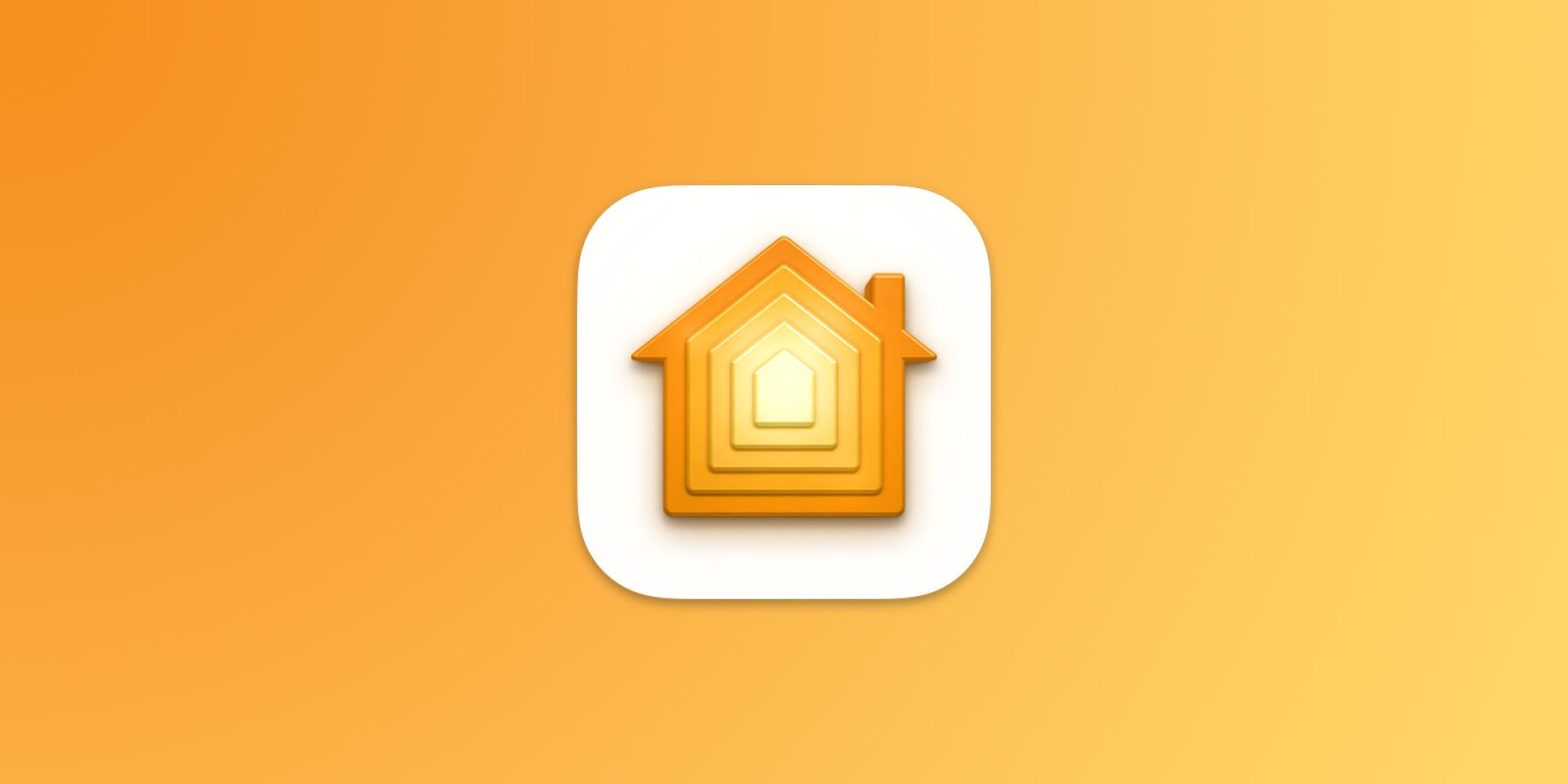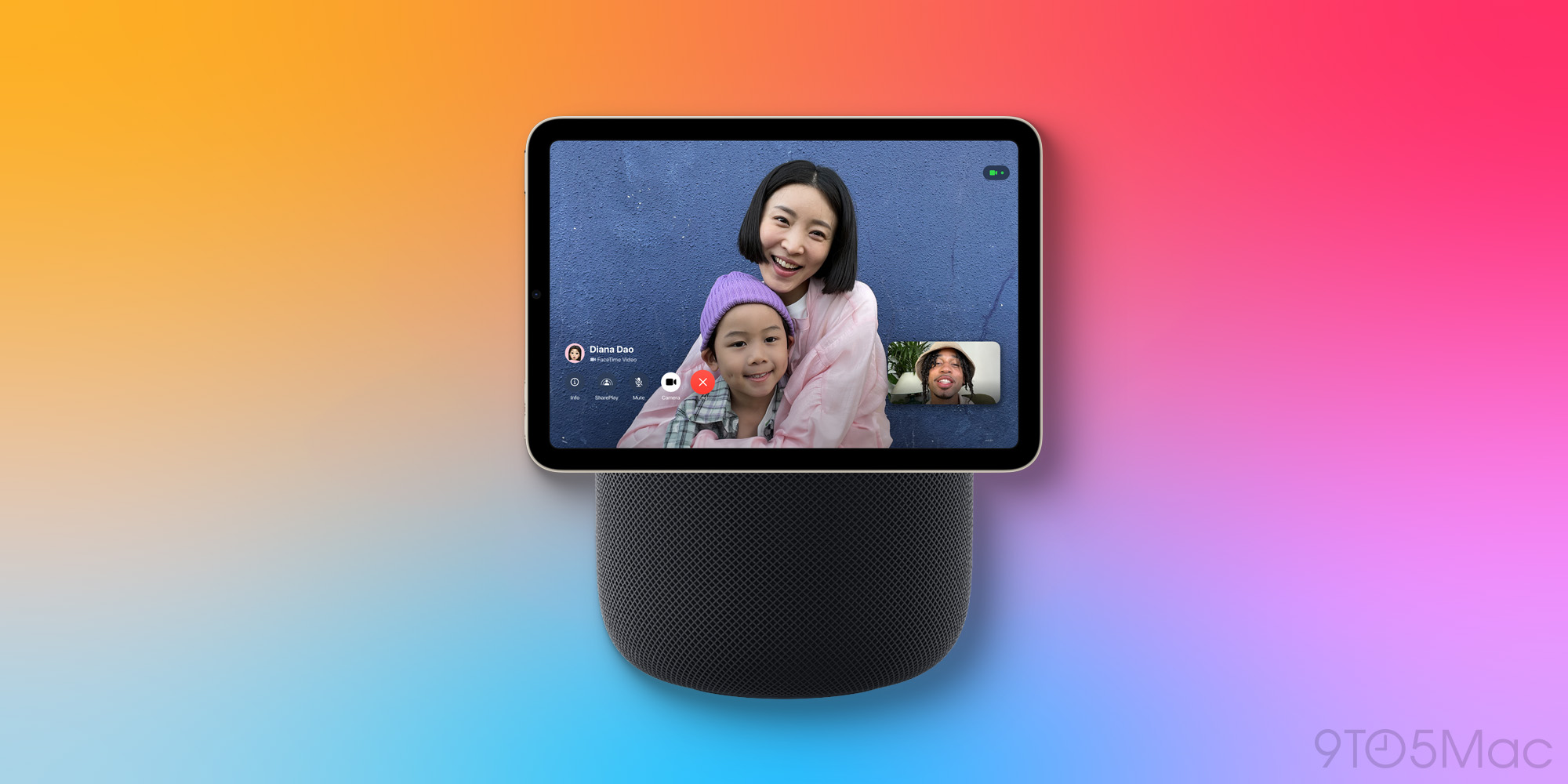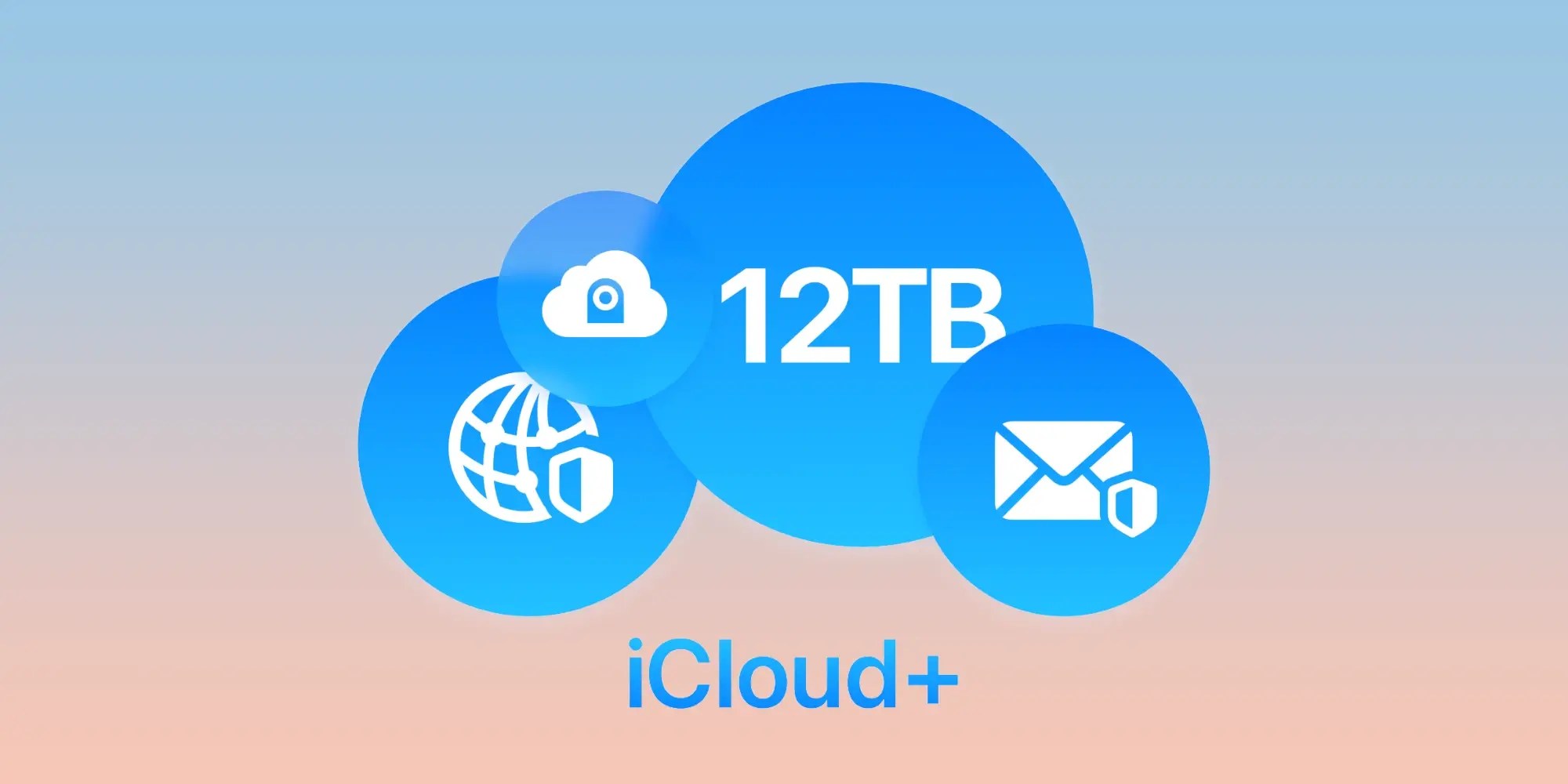
Apple is working on several new smart home products for this year and beyond, including a home doorbell and video camera. Amid the flurry of CES smart home announcements, a common theme has emerged that points to a key reason Apple’s new products may exist in the first place.
Apple’s renewed Home ambitions start this year
Apple has treated the home as a sort of hobby category for years. HomePod and Apple TV 4K aren’t exactly unimportant to Apple, but they clearly don’t constitute a strong commitment to the smart home market.
But things are changing. Three new Home products are launching this year, including the ‘HomePad’ smart display that represents a brand new product category for Apple.

Starting next year though, Apple will branch out into territory that’s just as intriguing. It will start making its own smart home devices that historically have been left to third parties:
I’ve written before about how these two new products could challenge a long-standing Apple principle to say ‘no’ to far more new ventures than it says ‘yes’ to.
But one key trend in the smart home space could explain a lot about why Apple’s branching out.
Subscriptions are on the rise with home devices
Just today, Amazon announced that its Ring division is launching a $5/month subscription for smoke and carbon monoxide monitoring service. Additionally, Arlo has just raised prices for its home camera cloud storage plans.
Smart home devices don’t have regular upgrade cycles. Users tend to buy them, install them, and keep them around until they break.
Subscriptions are a key way that smart home device makers can make recurring revenue from their customers.
And subscriptions can also offer a great explanation for why Apple is starting to make more of its own smart home devices, and why it’s making a camera and doorbell specifically.
Apple One and iCloud+ are set to earn more subscribers with Apple’s new Home products

Apple already offers one home-related subscription feature. It’s called HomeKit Secure Video, which you can unlock with an iCloud+ subscription. And iCloud+ is included in Apple One Premier.
Here’s how HomeKit Secure Video works, per Apple:
With HomeKit Secure Video, you can add your home security cameras in the Home app to record your footage and view it from anywhere. It’s all end-to-end encrypted, and none of the video counts toward your iCloud storage. You can access HomeKit Secure Video on your iPhone, iPad, Mac, or Apple TV.
The video is privately analyzed by your home hub using on-device intelligence to determine if people, pets, or cars are present. You can view the last 10 days of activity in the Home app.
HomeKit Secure Video is a great Apple feature, yet it currently only applies to third-party cameras.
But what do a home camera and video doorbell—Apple’s two brand new smart home devices—have in common?
They’ll both be able to use HomeKit Secure Video. And thus, they’ll be able to earn Apple more subscription revenue.

With its own first-party devices, Apple can push HomeKit Secure Video more heavily to users, and is even motivated to make the feature better.
Is this the only reason Apple’s making its own home camera and doorbell? Certainly not. There are plenty of advantages Apple can gain from selling more of its own smart home products.
But was the potential for more subscription revenue a motivator for Apple? Did it tip the scales in favor of Apple creating these two smart devices in particular?
I’d be very surprised if it didn’t.
This move also shows a path forward for future products.
If Apple can build new Home-focused services into its existing Apple One subscription, the bundle will prove even more compelling for Apple users.
Ultimately, it’s a win for both Apple and its users.
Are you interested in Apple’s new home camera and doorbell? Will you use HomeKit Secure Video? Let us know in the comments.
Best HomeKit smart home accessories
FTC: We use income earning auto affiliate links. More.





